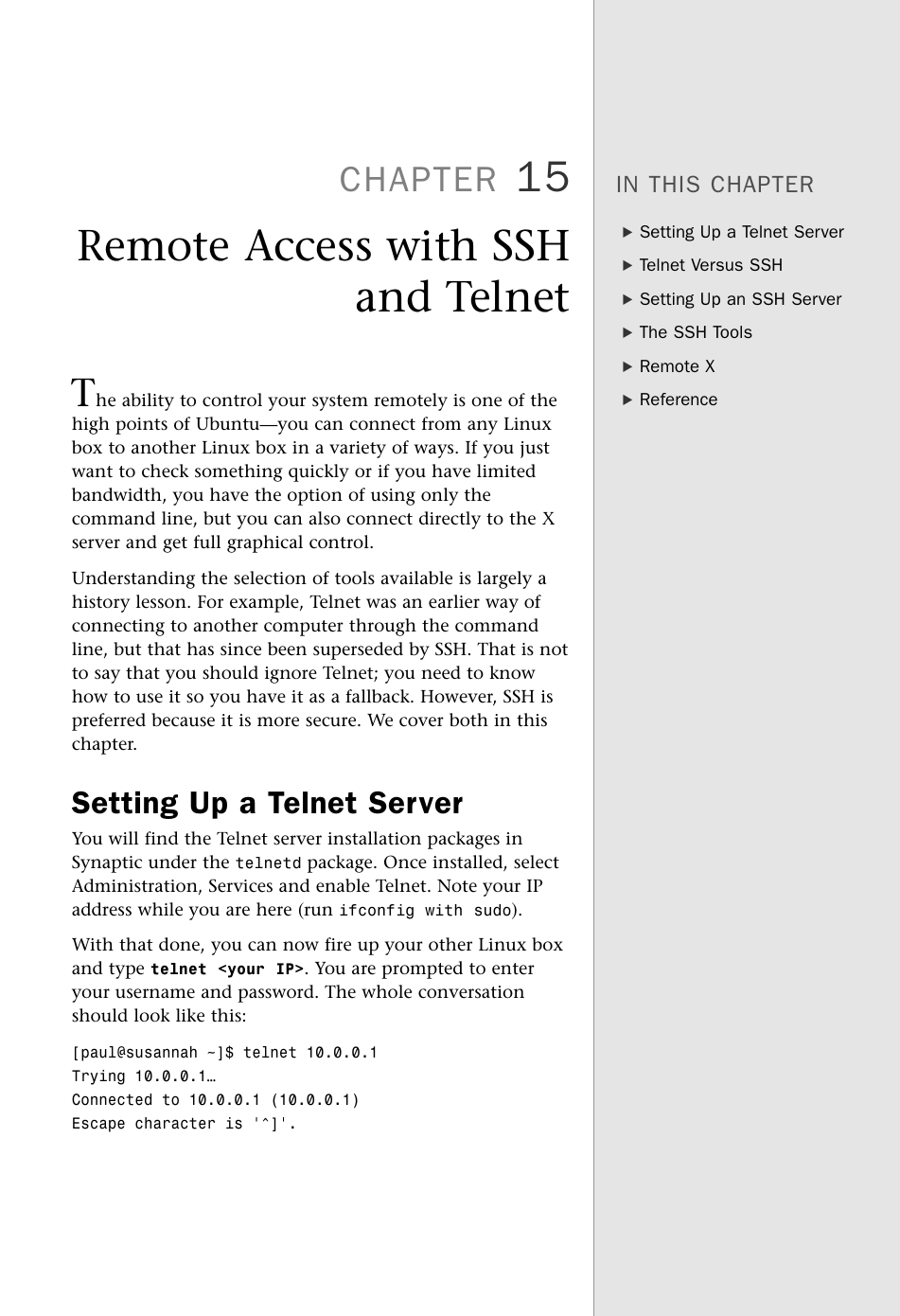

The acceleration rate is configured in the same way you’d use the xset m command to configure acceleration rates on a standard Linux system. This is particularly useful if you’re using an external mouse that doesn’t work well with the default rate. Chrome OS only has options for controlling the mouse’s speed in its graphical interface, so you must do any fine-tuning of the acceleration rate using Crosh. The xset m command lets you tweak your mouse acceleration rate. Some of these options are available in Chrome OS’ settings window, but you can tweak many properties that aren’t available from the graphical interface. The tpcontrol command lets you fine-tune your device’s touchpad. You can play the recording back by using the sound play command. The audio is saved as a file you can access from your Chromebook’s Files app. To record 10 seconds of audio from your Chromebook’s microphone, you would run the following command: sound record 10 soundĬhrome includes a command that can record audio from your Chromebook’s microphone, and then play it back later. txt file that you can view in your Chromebook’s Files app. The network_diag command performs a short set of network diagnostic tests, saving the output as a. It’s another useful network-troubleshooting command, as it allows you to determine exactly where network problems are occurring between you and another networked device. The tracepath command functions similarly to traceroute by allowing you to trace the path packets take to reach a remote server.

Press Ctrl+C to stop the ping process or halt any other command in Crosh. It works just like the ping command on other operating systems. Ping is an important utility for network troubleshooting, allowing you to see how long packets take to travel between your system and a web server and see whether any packets are being dropped.
How to use telnet to access cell phone and sms records how to#
RELATED: How To Troubleshoot Internet Connection Problems It also displays some information you can’t find elsewhere in Chrome OS, such as your Chromebook’s uptime. Most people will likely prefer using Chrome’s built-in task manager, but the top utility does provide more information. However, Crosh also includes the top command from Linux, which gives you a display of all the low-level processes that might also be using resources. RELATED: Why Does Chrome Have So Many Open Processes?Ĭhrome includes its own task manager that shows you which Chrome tabs, extensions, and plug-ins are using resources. The next time you connect to the host, you’ll be asked to verify its key fingerprint again. The ssh_forget_host command displays a list of known hosts you’ve connected to with the SSH command, and allows you to “forget” a host. You can also add private keys that you might need to connect to SSH servers. In addition to simply connecting to an SSH server, you can also use SSH tunneling to create a local proxy that allows you to tunnel your Chrome OS network activity over your SSH connection.

The ssh command is more advanced than you might expect.

RELATED: 5 Cool Things You Can Do With an SSH Server You can use the built-in ssh command to connect to SSH servers without installing anything else on your Chromebook. Google provides a Secure Shell (SSH) client in the Chrome Web Store, but you don’t need to use it. The Crosh shell opens in a new browser tab.įrom the Crosh prompt, you can run the help command to view a list of basic commands or run the help_advanced command for a list of “more advanced commands, mainly used for debugging.” We’ll cover some of the most interesting commands below. To open the Crosh, press Ctrl+Alt+T anywhere in Chrome OS.


 0 kommentar(er)
0 kommentar(er)
